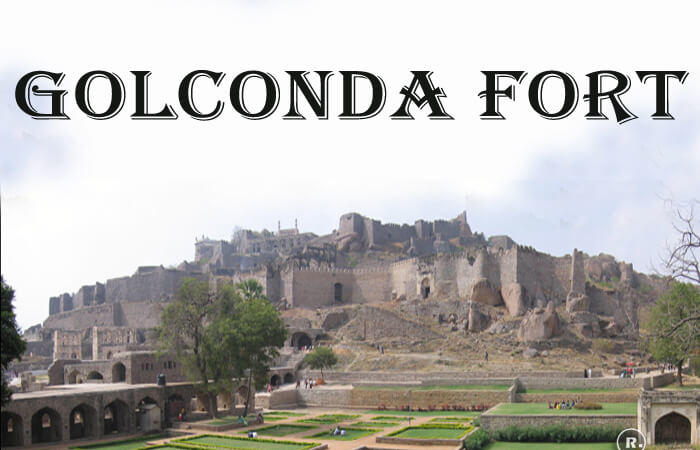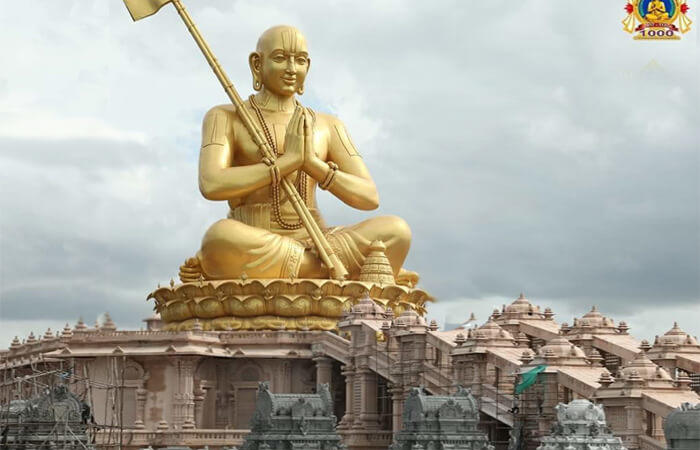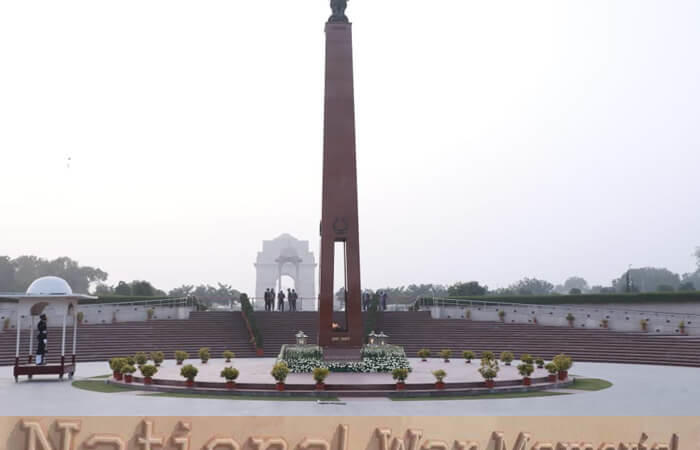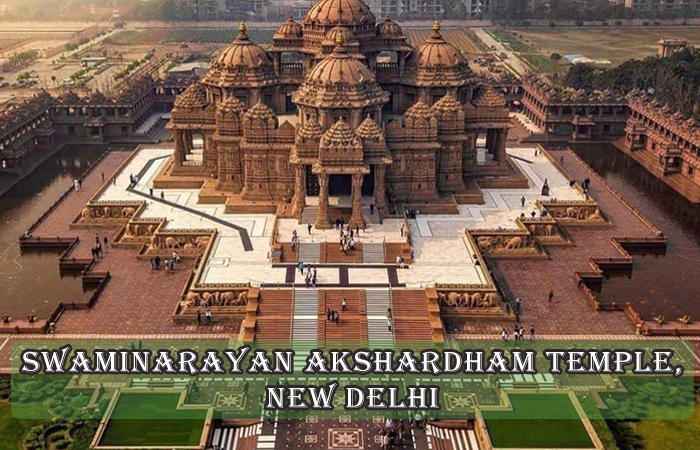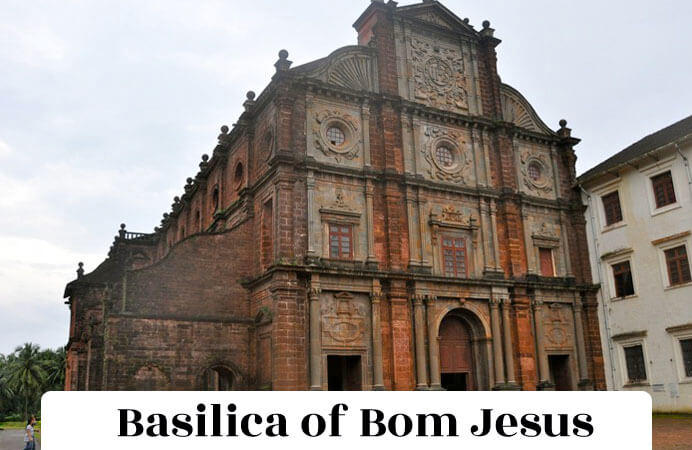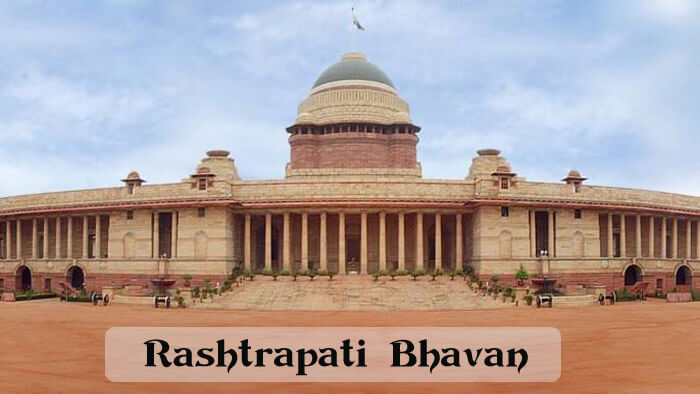12 Interesting Facts About The Taj Mahal
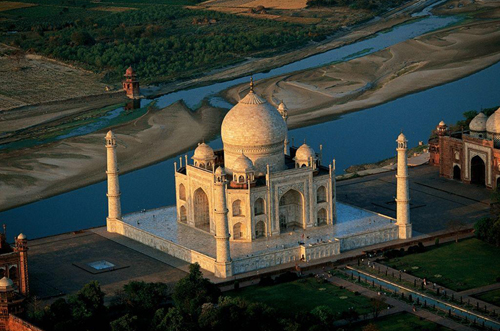
Taj Mahal is an architecturally breathtaking structure built in ivory-white marble, its a mausoleum on the south bank of the Yamuna river in the Indian city of Agra. It is one of the seven wonders of the world.
It was built by Mughal emperor Shah Jahan to house the tomb of his favorite wife, Mumtaz Mahal, it also houses the tomb of Shah Jahan himself. Emperor Shan Jahan wanted the Taj Mahal to be his love story to Mumtaz Mahal.
Let us look at some interesting facts about the marble-clad marvel, Taj Mahal – Symbol of Love.
1. It’s basically a Mausoleum built-in memory of his wife
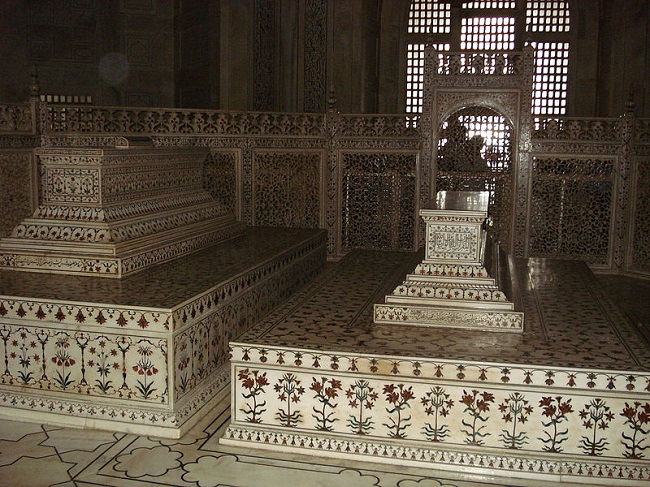
Everyone knows that the Mughal emperor Shah Jahan built the Taj Mahal in memory of his third wife, Arjumand Banu Begum, most famously known as Mumtaz Mahal. She died while giving birth to Shah Jahan’s wife Mumtaz 14th child. This shock was not suffered by Shah Jahan and he built the Taj Mahal to keep Mumtaz’s love immortal.
As Taj Mahal was built in honor of Mumtaz Mahal, it is all internal and external, which has other patterns and sacred inscriptions. On them, the name of Mumtaz Mahal has been added with calligraphy on the praise of Mumtaz Mahal and calligraphy of 99 names of Allah.
2. Cost and time in building it
The construction of the Taj Mahal began in 1632, one year after the death of Queen Mumtaz. It took nearly 22 years to build this magnificent Taj Mahal of architecture. At that time 3 crore rupees were spent to build Taj Mahal. Which is equivalent to 63 billion 77 crores today.
3. The architects who built Taj Mahal
Ustad Ahmed Lahauri, was the leader of the architect team. It employed more than 22,000 people and 1000 elephants, including laborers, painters, embroidery, artists, calligraphy and many others, who carried the marble from one place to another.
This amazing white marble Taj Mahal is surrounded on three sides by red stone walls. 28 types of precious stones were used to make it, which were sourced from Rajasthan, Tibet, Sri Lanka, Punjab, and China. Taj Mahal is one of the most symmetrical structures in the world. The principle of self-replication and symmetry has been used in geometry and architecture, completely identical around the Taj Mahal. The image of man and woman on both sides of the main tower emerges as if they are both looking at it.
One of the common myths about the Taj Mahal is that all the artisans’ arms were cut off by Emperor Shah Jahan. But the foundation of the Red Fort was also laid under the leadership of the architect whose team built the Taj Mahal.
4. Precious Gems and stones were used in construction
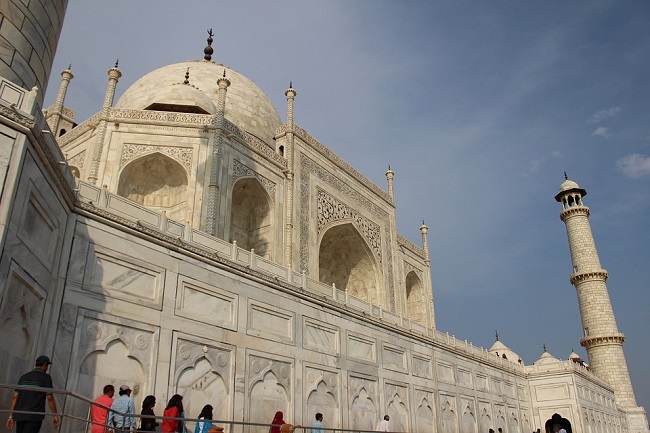
Precious and Semi-precious stones and other priceless decorative items were used in the construction of Taj Mahal out of which some were procured from outside India. As many as 28 kinds of rare stones and metals were used in the inlay work in the Taj Mahal.
Grey and Yellow sandstone, red sandstone, black slate, and white marble, were used in foundation and external surface while Semi-precious stones like aqiq (agate), Moonga(coral), Sulaimani(onyx), Pitunia (blood stone), Lahsunia(cat’s eye) were used for inlaying. Rare stones like Tilai(goldstone), Zahar- mohra, ajuba and maknatis (magnet stone) were used in inlay, chiefly on floors.
5. A Black Taj Mahal
Emperor Shah Jahan widely wanted to build a black Taj Mahal as a mausoleum for himself in which he failed. He also started construction of the black Taj Mahal on the other side of the river. But this could not be completed, as he was deposed by his own son Aurangzeb.
6. Taj Mahal was attacked
The rebellion of 1857 attacked the Taj Mahal and it was partially damaged. The soldiers damaged the memorial walls and gardens with stones and weapons and ripped precious stones from the wall of the mausoleum. In the late 19th century, the Viceroy of British India, Lord Curzon, renovated and renovated the garden in 1908.
7. Taj Mahal was covered during World War II

The Taj Mahal was threatened during the Second World War. At that time Britain, with the help of the US Army, completely covered the Taj Mahal with bamboo and bat. This led to attempts to cheat the war planes of Japan and Germany. The Library of Agra Circle Office of the Archaeological Survey of India contains photographs drawn in the year 1942.
8. Yamuna river is Taj Mahal savior
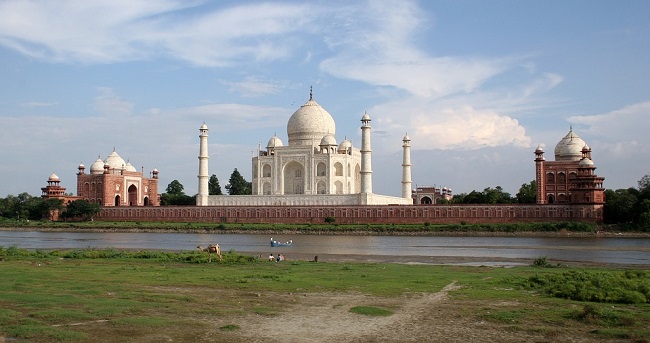
Taj Mahal is built on shafts of wood holding together the foundation of Taj Mahal, which need constant moisture from Yamuna river to retain its strength. But due to continuous drying of River Yamuna have endangered Taj Mahal the monument of love.
9. Taj Mahal Minarets will never fall on the main dome.
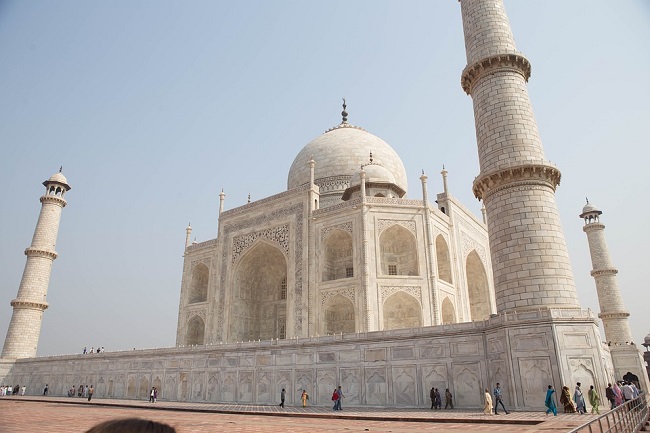
Every foundation corner of the Taj Mahal has one tower. The four minarets provide balance to the Taj Mahal. These towers have been slightly tilted outwards. So that in a disaster like an earthquake, they do not fall on the tomb and fall outwards.
10. All fountain have the same pressure
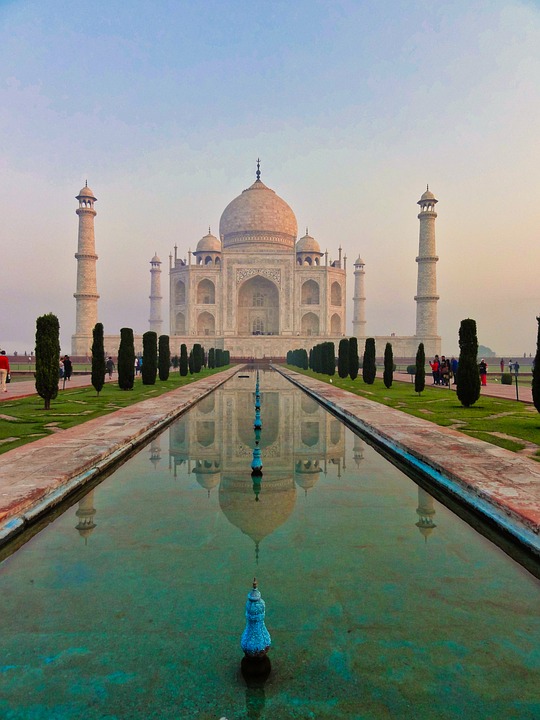
The fountains are located between the main routes leading to the Taj Mahal. They are not connected together by any motor or pipe line. Rather, there is a copper tank under every fountain. All the tanks are filled at the same time so that all the fountains release water at the same time under pressure.
11. Different hues of Taj Mahal can be seen throughout the day

The color of Taj Mahal varies by day, it looks pink in the morning, white in the afternoon and golden in the full moon night.
12. A tourist magnet
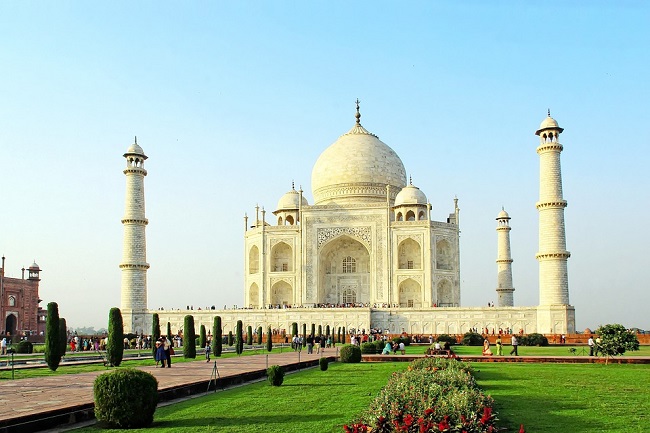
Taj Mahal is a famous Indian landmark and tourist magnet, attracting more than a million tourists every year.

